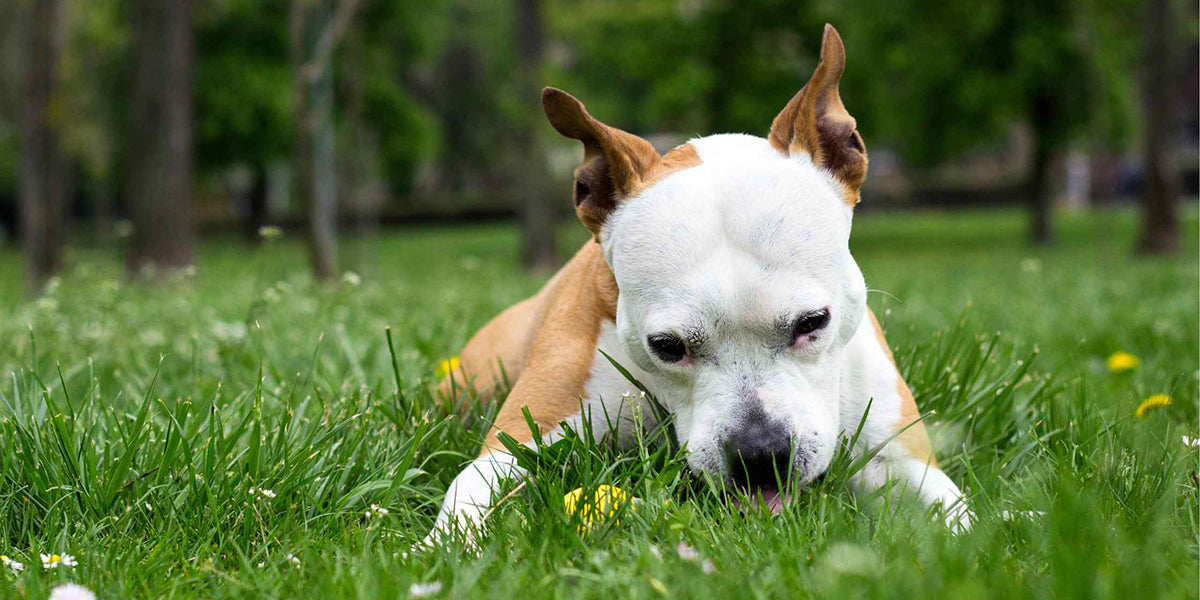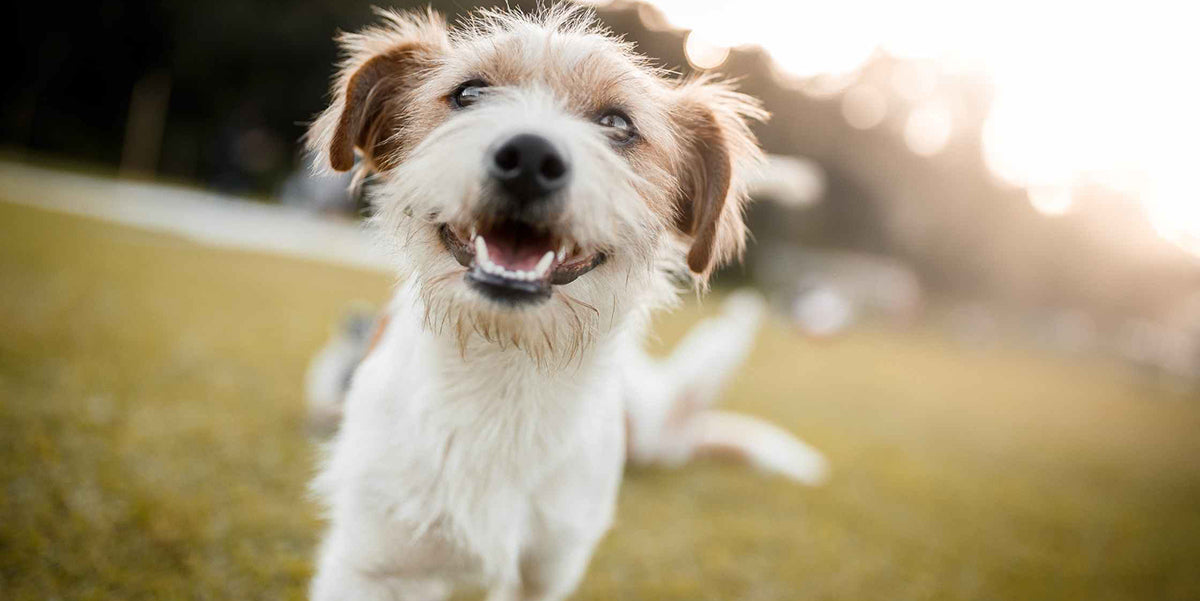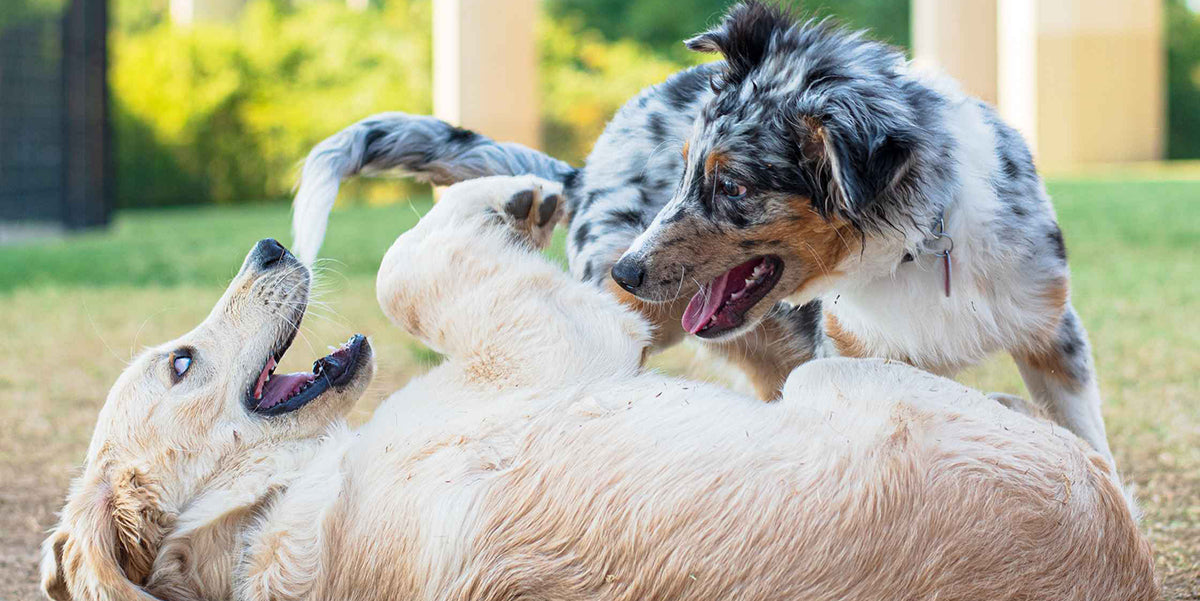Addressing unwanted dog behaviour: effective strategies for pet owners - As dedicated pet owners, we love our dogs and revel in the happiness they bring into our lives. However, there are times when our fur babies exhibit behaviours that leave us perplexed, frustrated, or even concerned.
These unwanted dog behaviours can range from incessant barking and destructive chewing to aggression or separation anxiety. But before we dive into addressing these behaviours, it's important to recognise that they often stem from various factors, including breed type, past experiences, or a lack of training.
In dog training, we often rely on treats, but instead of unhealthy, ultra-processed options that may pose health risks, it's wise to opt for natural freeze-dried treats or functional treats.
PetWell Functional treats are freeze-dried animal proteins that not only make for a wholesome reward but also offer additional advantages, such as promoting anxiety relief, supporting joint and gut health, and bolstering your dog's immune system.
In this blog, we’ll explore a range of effective strategies that pet owners can employ to address and correct unwanted dog behaviour. Ultimately fostering a happier, more harmonious relationship with our fur family.
Let’s get started in Addressing Unwanted Dog Behaviour and provide Effective Strategies:
Positive Reinforcement Training: The Power of Positivity
One of the most effective tools when it comes to addressing unwanted dog behaviour is positive reinforcement training. This training method revolves around rewarding desirable behaviour with treats, praise, or toys while ignoring or redirecting undesirable actions.
For example - if your dog barks excessively, you can offer praise and treats when they remain quiet, reinforcing the desired silence.
One of the most effective tools when it comes to addressing unwanted dog behaviour is positive reinforcement training. |
Positive reinforcement not only helps modify behaviour but also strengthens the bond between you and your dog. Making it a win-win approach.
Here are 3 tips for implementing positive reinforcement training effectively:
Timing is Crucial
Positive reinforcement is most effective when you reward your dog's desired behaviour promptly. As soon as you observe your dog exhibiting the behaviour you want to encourage offer praise and treats immediately.
For example: staying quiet after excessive barking.
This immediate feedback helps your dog associate the reward with the specific behaviour you're reinforcing, making the connection more apparent to them.
Consistency Matters
Consistency is key to successful positive reinforcement training. Ensure that all household members and anyone interacting with your dog use the same commands and reward system.
Consistency helps prevent confusion for your dog and reinforces the behaviour across different situations and environments. Reward the desired behaviour every time it occurs initially. Gradually moving to intermittent rewards as your dog becomes more consistent in their response.
Gradual Progression
Positive reinforcement training often involves shaping behaviour over time. Start with small, achievable goals and gradually work toward more complex behaviours. For instance, if you're training your dog to remain calm during greetings, begin by rewarding them for sitting quietly for a few seconds and gradually extend the duration. Celebrate each small success to keep your dog motivated and eager to learn.
By implementing these tips, you can make the most of positive reinforcement training. And address unwanted dog behaviour while strengthening the bond between you and your dog.
Structure and Routine: Dogs Thrive on Predictability

Dogs thrive when they have structure and routine in their lives. Establish a regular daily schedule for feeding, walks, playtime, and bedtime. This can go a long way in reducing anxiety and curbing unwanted behaviours.
Additionally, as mentioned above, training should be consistent across all household members. Ensuring that everyone uses the same commands and techniques. This consistency prevents confusion and frustration for your dog, making it easier for them to understand and follow the rules.
Socialisation: Building Confidence and Reducing Fear
Socialisation is crucial for both puppies and adult dogs. Early exposure to various people, animals, and environments helps dogs become well-adjusted. And less likely to exhibit fearful or aggressive behaviour.
Consider enrolling your puppy in obedience classes or arranging playdates with other dogs. Visiting dog parks or taking your dog on outings to pet-friendly stores can also promote positive social interactions. Read more about Dog Socialisation Tips
Exercise and Mental Stimulation: A Tired Dog is a Happy Dog
The adage "a tired dog is a well-behaved dog" holds a lot of truth. Regular exercise and mental stimulation are essential for reducing boredom-driven behaviours like excessive barking, destructive chewing, or digging. Engage your dog in interactive play sessions. Offer puzzle toys, or introduce agility training to keep their minds sharp and their energy well-spent. Read more here about Preventing Boredom in Dogs
Seek Professional Help: When Expertise Matters
If unwanted behaviours persist despite your best efforts, don’t lose hope. Seeking professional assistance can be a game-changer. A certified dog trainer or behaviourist can provide invaluable guidance and develop a behaviour modification plan tailored to your dog's unique challenges.
It's important to recognise that issues can stem from various factors, including breed type, past experiences, or a lack of training. |
Identify Triggers: Understanding the Root Cause
Unwanted behaviour often has triggers that set it off. Whether it's fear of thunderstorms, separation anxiety, or reacting aggressively to other dogs, understanding these triggers is key to addressing the behaviour.
For example:
If your dog is afraid of loud noises or other people, you can provide calming supplements such as PetWell CALM to alleviate their anxiety.
Or if your dog is aggressive when approached, they may be suffering from pain. In which case you would see a veterinarian. Identifying and addressing these triggers can significantly reduce or eliminate unwanted behaviours.
Patience and Persistence: Building a Strong Bond
Above all, addressing unwanted dog behaviour requires patience and persistence. It's essential to remember that your dog looks up to you for guidance and support.
Building a strong, loving bond with your dog is at the heart of addressing and resolving these challenges. You can transform unwanted behaviour into positive habits by:
- employing positive reinforcement,
- maintaining a consistent routine,
- encouraging socialisation,
- providing ample exercise and mental stimulation,
- seeking professional help when needed,
- and identifying triggers.
Read more about Understanding Common Dog Behavioural Issues
In Summary
Unwanted dog behaviour can be challenging. But with the right strategies and a commitment to building a loving bond, you can address and correct these behaviours effectively.
It’s important to remember that every dog is unique, and what works for one may not work for another. Be patient, stay consistent, and seek professional guidance when necessary.
Disclaimer: The entire contents of this email and website are not to be taken as medical advice. The team at PetWell encourages you to make your own pet healthcare decisions based on your research and in partnership with a qualified pet healthcare professional.
































